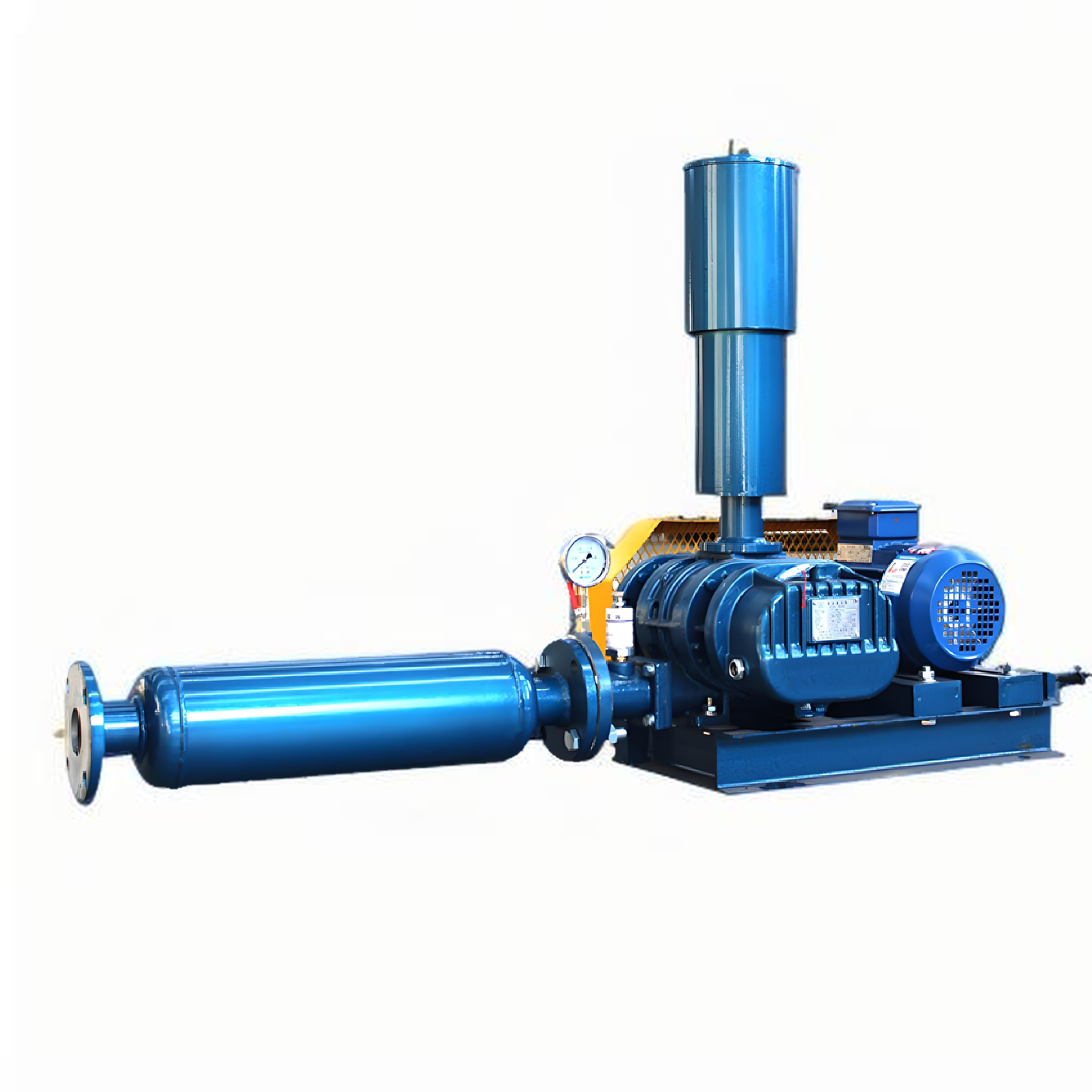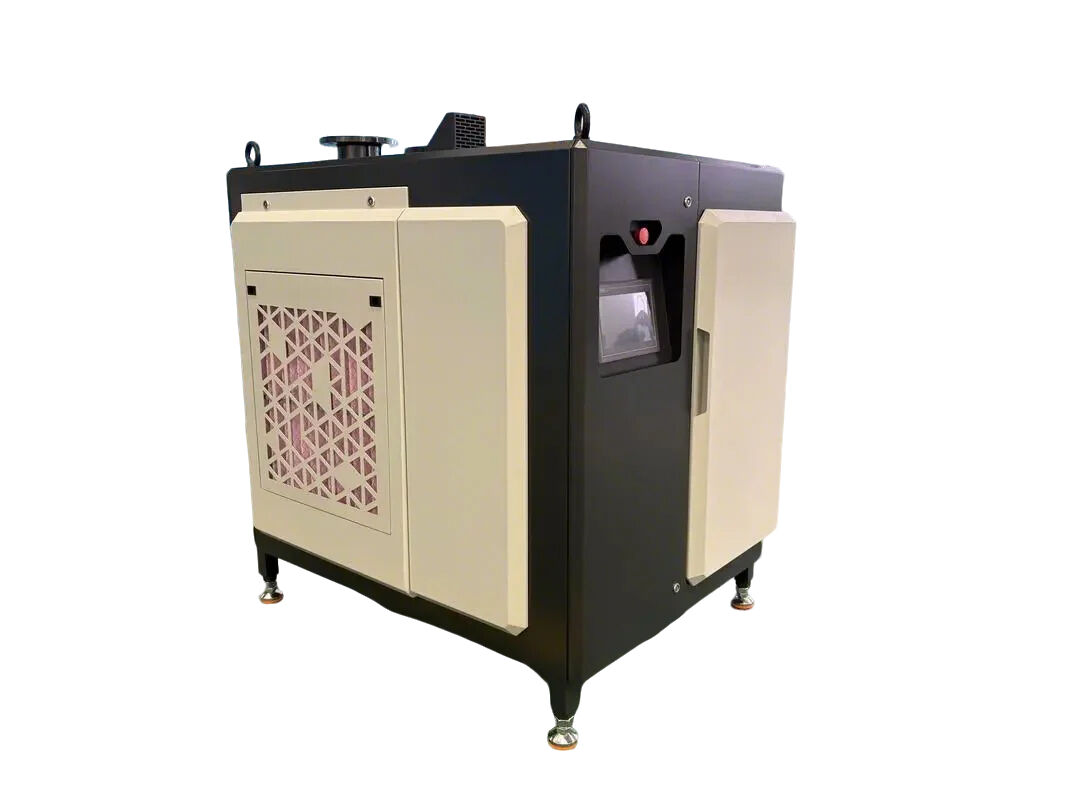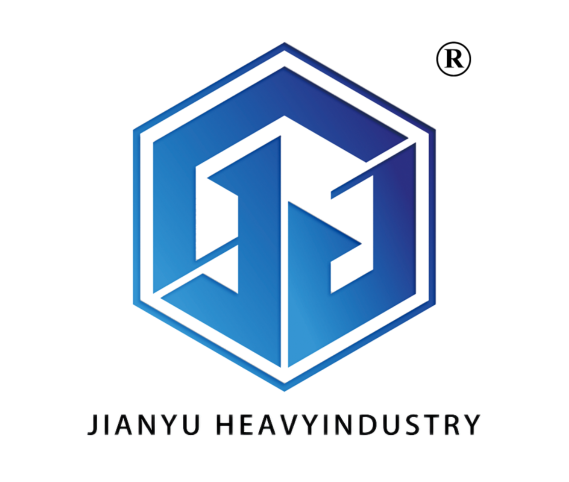industrial wastewater treatment equipment
Industrial wastewater treatment equipment represents a crucial technological solution designed to purify and process contaminated water from manufacturing and industrial processes. This sophisticated equipment combines physical, chemical, and biological treatment methods to effectively remove pollutants, harmful chemicals, and suspended solids from wastewater. The system typically encompasses multiple stages of treatment, including primary settlement tanks, biological reactors, membrane filtration units, and advanced oxidation processes. These components work in harmony to achieve optimal water quality standards suitable for environmental discharge or reuse. The equipment utilizes cutting-edge automation systems for precise control of treatment parameters, ensuring consistent performance and regulatory compliance. Notable features include real-time monitoring capabilities, adjustable treatment protocols, and energy-efficient operations. The equipment finds widespread application across various industries, including chemical manufacturing, food processing, pharmaceutical production, and metal finishing. Modern systems are designed with scalability in mind, allowing for modular expansion to accommodate increasing treatment demands. Additionally, these systems often incorporate resource recovery mechanisms to extract valuable materials from wastewater streams, contributing to circular economy principles.



